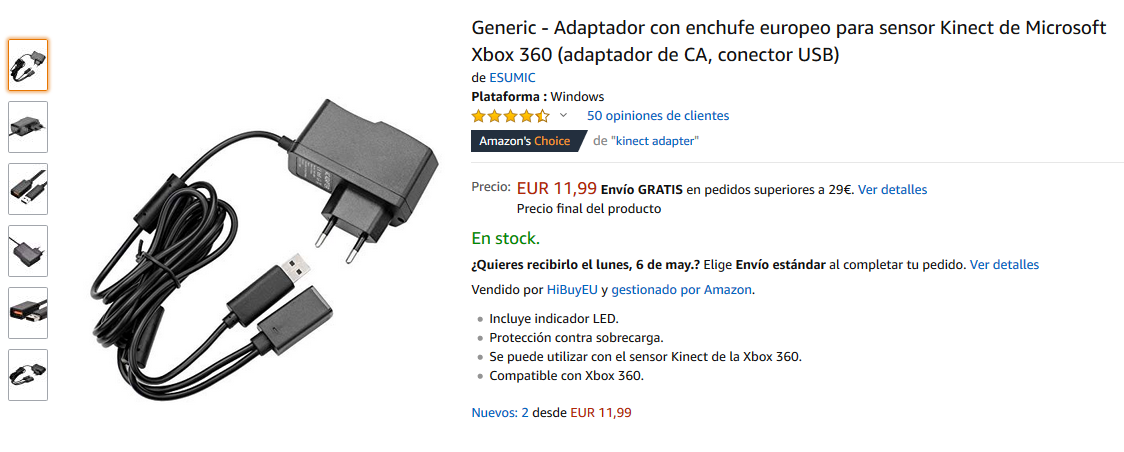

- KINECT SDK 1.8 WINDOWS 10 INSTALL
- KINECT SDK 1.8 WINDOWS 10 DRIVERS
- KINECT SDK 1.8 WINDOWS 10 UPDATE
- KINECT SDK 1.8 WINDOWS 10 PRO
This is the easiest one: open a console with administrator permissions and launch the command sd delete KinectManagement And that’s it Now I can successfully install the new Kinect SDK V2. Would love to hear if anyone has run into similar issues recently. 18002 Public Preview: Windows Store App Support (WinRT) With this release of Kinect for Windows, you are able to begin developing Kinect enabled applications which. And then I found that also had to eliminate a Kinect V2 Windows service. The previously working version of the Kinect runtime / SDK was 2.0 (1409), I had once previously updated to 2.2 (1905), but that had some connection problems. via power settings (not as likely, as those are two different machines with different motherboards)
KINECT SDK 1.8 WINDOWS 10 UPDATE
My current best guesses are that either of the following happened:Ī) A recent windows update broke the Kinect driverī) A recent Windows update broke the USB 3 driver, e.g. I have also tried renaming the KinectMonitor.exe (as explained here), but that did not help either.īoth of those Kinects worked fine as of last week (with a custom Java-based program, see here: ), so I suspect that this was due to the recent update.
KINECT SDK 1.8 WINDOWS 10 DRIVERS
I have tried uninstalling and reinstalling Kinect drivers / Runtime v 1.7, 1.8, 2.0 (1409), and Runtime 2.2 (1905). They do not show up in the device manager and the Kinect SDK / Kinect Studio does not recognize them anymore either.
KINECT SDK 1.8 WINDOWS 10 PRO
I have two installs with Kinect v2 on Windows PCs (Win 10 Pro 20H2), and after a Win 10 System update on Sunday, both of them don't recognize their Kinects anymore. It can be used to create interactive and innovative applications that respond to motion and voice commands.I am at my wit's end here and would like to hear your opinion. It is a next-generation SDK, suitable for an era in which computers are controlled not just with hardware components, but also with simple gestures and spoken words.

The SDK features advanced skeletal tracking and joint orientation, enabling it to discern movements and gestures coming from up to six persons with high precision, including hand tips and thumb motion.ĭevelopers can work with the Kinect SDK in Visual Studio 2010, 20, but the Microsoft Speech Platform SDK must be installed in order for them to create speech-enabled applications. Application created with Kinect SDK can be deployed in both personal and commercial environments.

Kinect SDK offers cutting-edge motion tracking capabilities, which enables humans to freely and easily interact with computers. With the help of the Kinect SDK you can unleash your creativity and take advantage of the power of the kinect technology, building applications that really understand motion, objects and environments, with accurate depth perception and high-quality output. The SDK includes all the APIs, sample codes, device interfaces and drivers one needs in order to build software programs that make use of the Kinect sensor technology. To view the tools or samples, install stamples, or explore other resources, start the Developer Toolkit Browser via the start menu: Kinect for Windows SDK 1.8 -> Developer Toolkit Browser v1. The Kinect SDK is intended for developers who want to create applications that interact with Kinect devices, using gestures and voice recognition as a control means. This single installer works for both 32-bit and 64-bit Windows. A software development kit that aims to assist developers in creating applications that make use of the Kinect sensor technology.


 0 kommentar(er)
0 kommentar(er)
